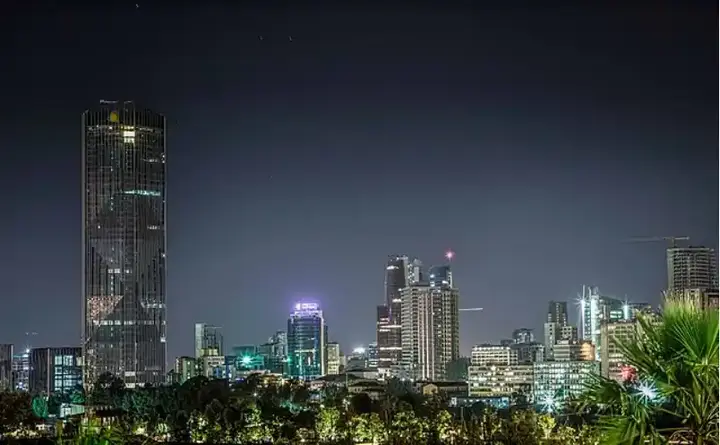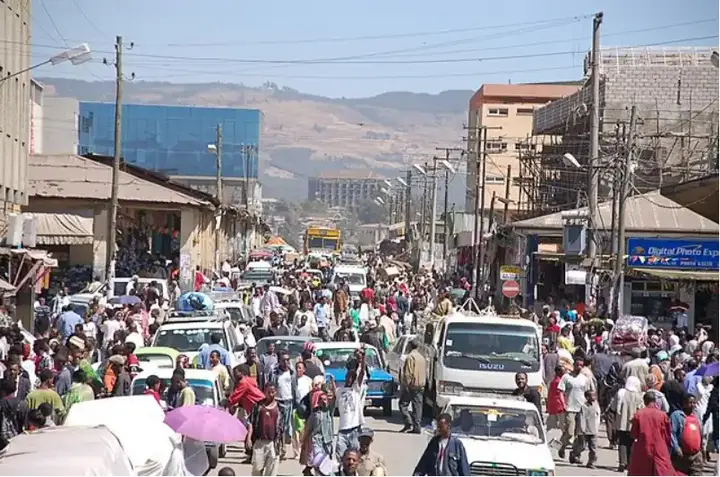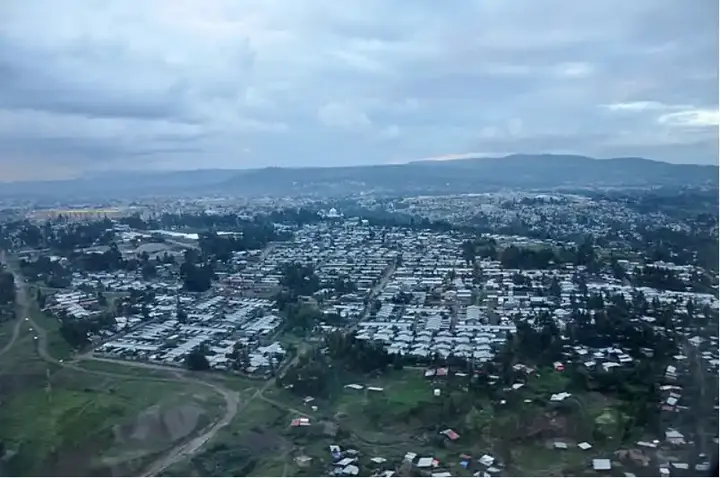Addis Ababa: Africa's Top Capital - History, Population, Geography and Climate
Addis Ababa, the capital of Ethiopia, has a unique location that makes it distinct among the capitals of the African continent. It is located at an altitude of more than 2,300 meters above sea level, making it the highest capital in Africa. Founded in the late nineteenth century by Emperor Menelik II, Addis Ababa is not only the political and economic center of Ethiopia but also a focal point for the history and culture of the African continent. The city has a rich history and diverse cultural heritage that reflects the evolution of the region over the centuries. In this article, we will address the history of Addis Ababa, the evolution of its population, its geographical characteristics, and its unique climate, giving us a comprehensive view of one of the most distinguished capitals in the world.
Recommend
Show key points
- Addis Ababa stands out as the highest capital in Africa, situated at over 2,300 meters above sea level.
- Established by Emperor Menelik II in the late 19th century, the city has transformed into Ethiopia’s political, economic, and cultural hub.
- Its role as a center for African unity and independence movements has earned it the title "capital of Africa" in terms of geopolitical importance.
- ADVERTISEMENT
- The city's population of over 4 million is a reflection of its ethnic and cultural diversity, creating a vibrant and dynamic urban atmosphere.
- Strategically located on high plateaus in central Ethiopia, Addis Ababa benefits from its mountainous terrain and rich natural surroundings.
- The city enjoys a mild subtropical highland climate, with moderate temperatures and distinct rainy seasons that enhance its livability.
- Despite ongoing urban challenges, Addis Ababa continues to modernize through infrastructure improvements while preserving its heritage and identity.
History: From Imperial Founding to Modern Center

The word "Addis Ababa" in Amharic is "new flower", a name that reflects the natural beauty that surrounds the city. Since then, Addis Ababa has become the center of the Ethiopian government and the beating heart of the country's economy.
The city witnessed rapid developments, especially in the twentieth century, as it became a center for African independence movements and a venue for holding African Union conferences. These events led to Addis Ababa being considered the "capital of Africa", not only in terms of geographical location but also in terms of political and historical significance. Over the decades, the city has evolved from a small imperial center to a modern capital that embraces people of different ethnicities and cultures, and continues to play a key role in the politics and economy of the African continent.
Population: Cultural diversity and urban growth

Addis Ababa has witnessed rapid population growth since its founding, with more than 4 million people living today, representing a mixture of different ethnicities and cultures. This diversity of population contributes to making the city one of the most vibrant cities in Africa, as Addis Ababa is home to Ethiopians from all regions as well as other nationalities from all over the world.
Despite being a well-developed metropolis, the city still faces challenges related to population density and the provision of basic services such as housing and transportation. However, the Government of Ethiopia continues its efforts to improve infrastructure and create jobs through urban development projects. At the same time, the city's residents still maintain their diverse traditions and cultures, creating a unique blend of modernity and heritage. Popular markets, such as Mercato, are a vivid example of the cultural and economic diversity that characterizes the city.
Geography: distinctive terrain and strategic location

Addis Ababa is located on a series of high plateaus in the heart of Ethiopia, at an altitude of 2,300 to 2,500 meters above sea level. This height makes it not only the highest capital in Africa, but also one of the highest cities in the world. The geographical location of the city is a strategic advantage, as it is located in a central area linking the north and south of the African continent, making it easy to reach the countries of East and Central Africa.
The mountainous terrain surrounding the city gives it exceptional natural beauty, as mountains and valleys merge with wide green spaces. This geography plays a vital role in determining the city's climate and urban development. Addis Ababa's location also makes it an important hub for air and land routes linking Ethiopia with neighboring countries, reinforcing its role as a pivotal capital on the African continent.
Climate: a balance between cold and warmth

typical in most regions of Africa because of its high altitude. The city is classified as a high subtropical climate, enjoying mild temperatures throughout the year. In winter, temperatures are pleasant with cool nights, while during the summer they rise slightly as the weather remains fresh compared to other cities in Africa.
Temperatures typically range from 10 to 25°C all year round, which makes the climate in Addis Ababa attractive to residents and visitors alike. The city also witnesses a rainy season that extends from June to September, when it receives ample amounts of rain, which contributes to preserving the green spaces and beautiful landscapes that characterize the city. This unique climate reinforces Addis Ababa's position as a preferred destination for tourism and accommodation.
Despite the economic and social challenges faced by the city, the spirit of continuous development is reflected in modern infrastructure projects and urbanization. Addis Ababa is not just Ethiopia's capital; it is a symbol of progress, diversity and peaceful coexistence, making it a model of urban development balanced between the preservation of history and heritage and the transformation towards the future.








